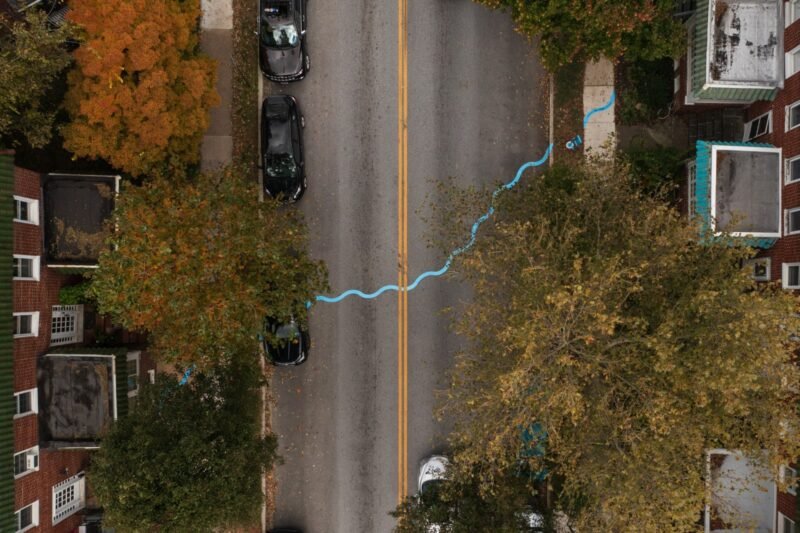Three Inspiring Urban Parasites
Urbanism and sustainability undeniably go hand in hand. What first comes to mind is the prototypical ‘Green City’ — a cityscape rich with parks, trees and productive vertical farms draped over high rises.
As cities are incredibly complex, so must be any sort of urban sustainability, which can come in many more forms than a ‘Green City’. With so much going on in an urban environment, there’s bound to be some excess energy flows. So why waste that energy, if you can turn it into something that’s better, fun, and productive? That’s what we call Parasite Urbanism — strategies and urban interventions that creatively make use of spaces or energies that otherwise would be neglected or would go to waste, contributing to a wider concept of urban sustainability. Let’s take a look at three of the best examples of urban parasites that we’ve highlighted on the Pop Up City. They all make use of a variety of otherwise neglected spaces or energy, launching them into places that are more useful, more productive and more fun!


1. New York City’s Softwalks
In New York City, over 6000 ‘scaffolding sheds’ cover the city’s sidewalks at any given point in time. Taking advantage of the shelter they provide, Softwalks is an initiative dedicated to improving the pedestrian experience in New York City, transforming these sheds from passing through spaces to pleasant places to relax, sit, and eat. Softwalks are a DIY urban parasite: packaged in a convenient kit to let people turn local scaffolding into their own temporary hangout spaces. Have a seat, hang around a counter table or enjoy the planters that’ve been attached to metal beams. All Softwalk elements are easily attached and removed when you want to continue your walk. Now that’s what we call pop-up!

2. Auckland’s Parasite Cinema
In Auckland, New Zealand, a small movie theater was constructed over an exterior stairwell as an extension to the rest of the building. This small parasite cinema was made by the architects of OH.NO.SUMO and uses the steps of a staircase as seats. Right on the side of a busy street, the theater has place for approximately seven people. This clever construction is made out of a timber frame covered with three layers of fabric that provide a waterproof exterior, and a real cinema-like experience. OH.NO.SUMO designed the cinema in response to the lack of social interaction happening at bus stops and launderettes on the corner, with people increasingly absorbed in their own world within their mobile phones. The program of the Stairway Cinema is curated online by the audience itself, making the project embedded in both the physical and digital worlds. The great thing about this parasite is that it sheds a different light on a common urban space, transforming an everyday spot into a place that can be used completely differently.

3. New York City’s Pay-Phone Libraries
Making use New York City’s ever present pay phones — a dying breed in the streets of of cities around the world, the Department of Urban Betterment took the parasite strategy to transform this a ‘problem’ into an opportunity. New York City has 13,659 pay phones spread throughout its streets — most of them are hardly used. This parasitic urban intervention is repurposing phone booths into communal libraries or book drops. Although we’ve seen several efforts to transform old phone booths into book shops, this project is interesting as it is a parasite that uses the existing construction while leaving the phone itself untouched and fully operable. Furthermore, the installation is easy to remove. The meaning of a pay phone might be lost to the new generation of smart phone users. Pay phones can be considered relics of a time in which shared public facilities were characterizing public spaces. With this miniature library, The Department of Urban Betterment uses a parasite strategy effectively to imagine a new public use for these intriguing artifacts.



